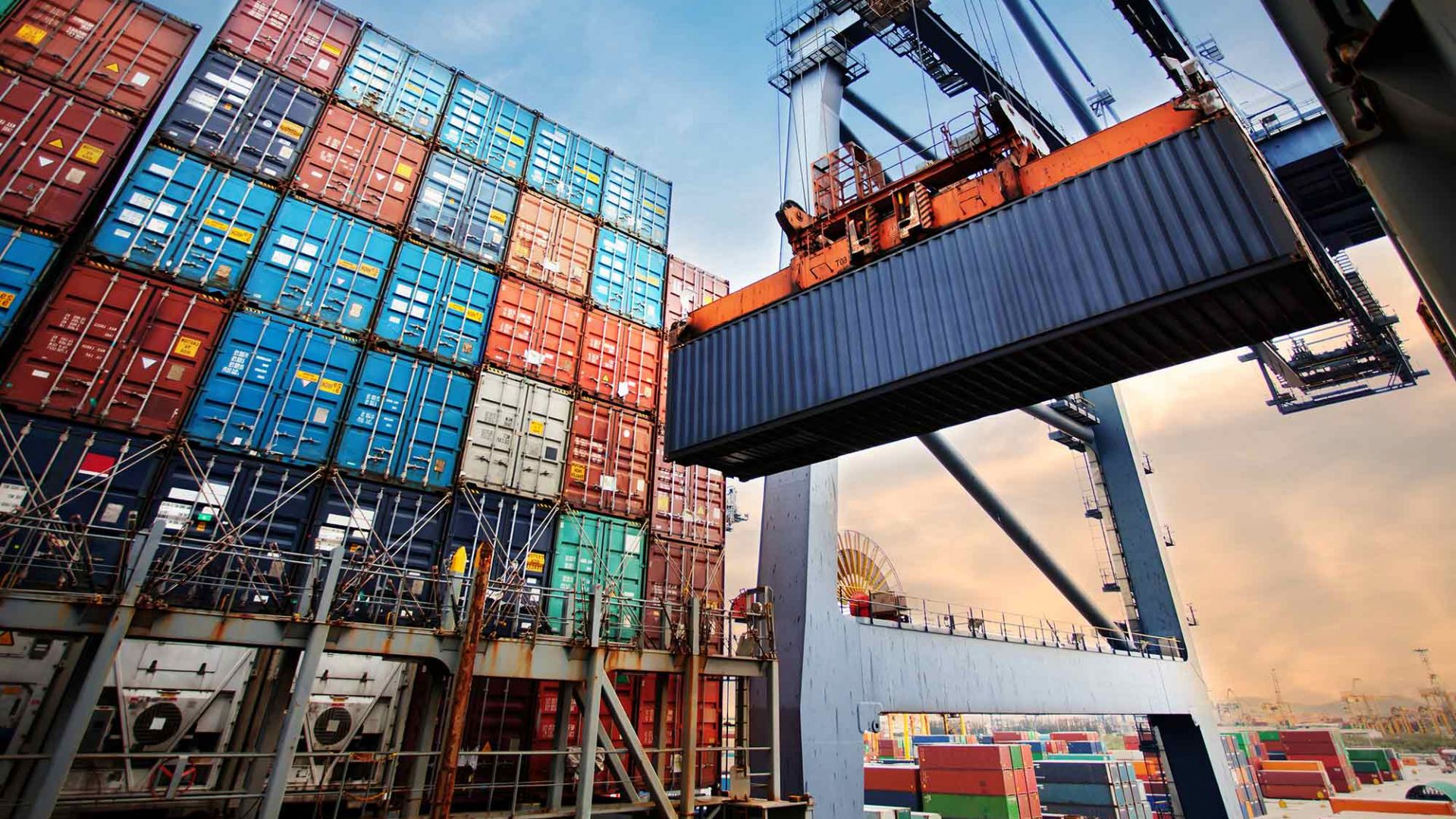The Perks of Knowing Your Java’s Story
New research shows the economic value of traceability for coffee producers

From espresso to Americano, double-double to Dunkin’ and everything in between, coffee drinkers around the world take their daily brew very seriously.
The most discerning take it so seriously, in fact, that they need to know where the beans for their coffee originated. For them, as well as for consumers of multitudes of other products, the issue of provenance is a dominant factor in their purchasing decisions. The ability to retrace all the steps of a product’s value chain back to its source — known as traceability — has become synonymous with quality and sustainability.
“People care about the story,” says Glenn Jenkins, an economics professor at Queen’s University.
Producers and suppliers throughout the value chain care about the story as well. As Jenkins found in a study he conducted on the centuries-old Ethiopian coffee market, product traceability can have a substantial economic impact on industries and even nations.
Good to the last drop
Despite being touted as the birthplace of the coffee bean and currently ranked as the world’s fifth largest producer of coffee, Ethiopia has had its share of setbacks in establishing a smooth and reliable coffee-trade ecosystem. In 2008, Ethiopia’s coffee producers laid down a new path.
The first of its kind in Africa, the Ethiopia Commodity Exchange (ECX) was founded to create a market-driven approach to agricultural commodity allocation. “It was an ideological push because there were many famines that were caused by not allowing the markets to work,” says Jenkins. “That was the impetus for bringing in the Commodity Exchange, and international donors contributed a tremendous amount of funds to finance the investment to set it up.”
Within months of the program’s launch, coffee became one of the ECX’s primary trading commodities.
Before the ECX, coffee was traded by an inefficient auction system. The system was bedevilled by price manipulation, payment delays and high transaction costs. But it had one big benefit that the ECX lacked: built-in traceability throughout the coffee value chain.
The ECX model involved homogenizing and anonymizing products in its warehouses rather than categorizing the products by grade category, region of origin and other factors that differentiate a product’s quality. In the process, the ECX inadvertently eliminated 80 per cent of traceability.
While the ECX helped Ethiopian coffee prices to increase overall and to better align with global markets, it left money on the table by not offering the product traceability that overseas buyers demanded. But the ECX’s leaders lacked the data that would push them to change course.
Power of transparency
While working with a global development consultancy in 2012, Jenkins and Queen’s economics graduate student Leonard Leung initially studied more efficient ways to increase coffee production in Ethiopia. While interviewing key players, they learned how the lack of traceability in coffee production proved problematic and controversial, so they decided to do further analysis.
Later, Jenkins and his team, which now included Ludovic Mbakop and Kamil Sertoglu, uncovered the surprising results that foreign consumers only trusted the ECX’s grading and inspection if they knew the region where the coffee was grown. And consumers were willing to pay higher prices for traceability because it determined quality. The study found that between 2007 and 2012, the export price of traceable coffee increased by an average of 66 cents U.S. per kilogram more than the increase of non-traceable coffee.
“I didn’t think the lack of traceability would disrupt the pricing so much because the Commodity Exchange was grading everything, yet people didn’t believe it,” says Jenkins. “I think the issue was, if you don’t see it, you don’t believe it. People are putting good money down.”
Due to innovative traceability systems and technologies, such as blockchain, there is greater trust among the critical players of the coffee trade, and it has resulted in higher margins for producers. “The gap between the selling and farmers’ prices was too wide,” says Jenkins. “We calculated [in another study] that by operating with traceability in an information-based system, rather than a physical system, the farmers would be able to significantly increase the price they received at the farmgate.”
With the evidence piling up, the ECX began updating its policies in 2017 to allow for traceability. It no longer blended coffee lots at warehouses, for example, though it retained its function of washing and grading coffee beans.
Jenkins found that setting up the ECX and allowing for traceability has boosted Ethiopia’s economy, as coffee accounts for 31 per cent of the country’s exports and is the largest source of foreign income. And by tracing back to individual co-operatives, production areas and farms, the new policies enabled the farmers to acquire the reputation and recognition they deserve. “The interesting public policy is how to get it right,” says Jenkins. “I think the Ethiopians are pretty close to it.”

Traceability is the future
Although it may seem as if traceability is an issue that only affluent consumers care about, it has become more important across industries and products, from automobiles and pharmaceuticals to clothing. Jenkins points to a study that shows U.S. consumers are willing to pay 16.7 per cent more for traceable meat, for example.
“It is a big issue in all aspects of manufacturing, especially when you have so much international trade,” says Jenkins. “It’s all about differentiating in quality.”
One of the lessons he learned from the Ethiopian experience is the importance of understanding supply and production practices from the source, rather than relying on technocrats who are far removed. “If you want to see what’s happening on the ground,” says Jenkins, “talk to the farmers, as they are the ones that are innovating.”